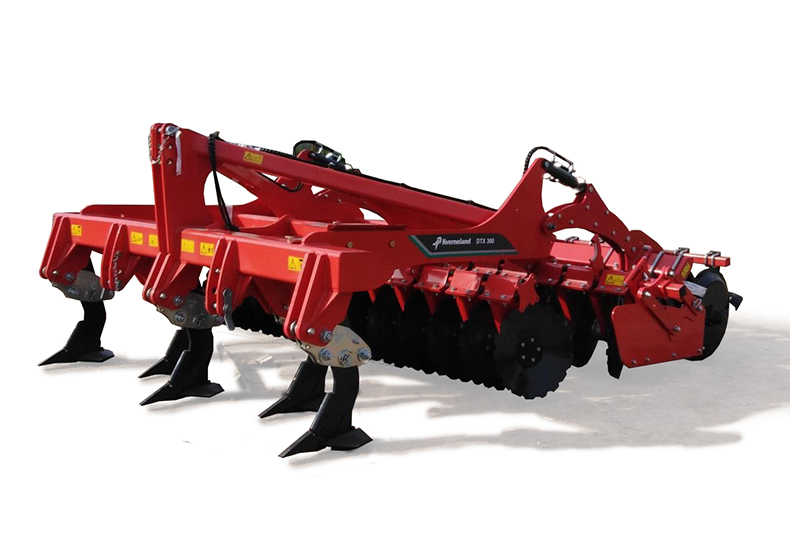Plough pan and a way to fight it

How can farmers prepare soil for sowing and eliminate plough pan? Specialists of AgroCentreZakharovo know the answer. The company’s branch office in Yaroslavl has held a demo show of the Kverneland DTX 300 chisel plough, which can rise to any challenge.
How can farmers prepare soil for sowing and eliminate plough pan? Specialists of AgroCentreZakharovo know the answer. The company’s branch office in Yaroslavl has held a demo show of the Kverneland DTX 300 chisel plough, which can rise to any challenge.
The demo show took place in the fields of the largest poultry enterprise – Volzhanin – which produces chicken eggs. The farmers feed the animals with their own fodder. Grain and grasses for it are grown in unspoilt environment. Only advanced technologies find their way to the production process.
‘In autumn after the harvest, farmers need to prepare the soil for further sowing’, says Viktor Ovchinnikov, Head of AgroCentreZakharovo branch office in Yaroslavl. ‘The Kverneland DTX 300 chisel plough can solve the problem agricultural specialists face, namely managing the plough pan.’
A plough pan is a compacted layer of soil under the topsoil. Its formation is caused by the pressure of tillage machinery used for ploughing of land at the same depth over a long period of time. A plough pan hinders water, air absorbtion and nutrition of a cultivated plant slowing down the speed of its growth and its development, which results in lower yields.
‘The Kverneland DTX 300 ploughs soil to a depth of up to 50 cm without damaging its structure or exposing the fertile soil layers’, continues Viktor Ovchinnikov, ‘it performs steadily on very wet or frozen soil at a speed of 15 km/h. Other functions the DTX fulfills are levelling and stubble mixing with the disks at a depth of up to 15 cm. The heavy steel roller puts the finishing touches ensuring erosion control.’